Study on Pelletizing Process of Spherical Activated Carbon Based on Molten Pitch
Abstract
:1. Introduction
2. Materials and Methods
2.1. Materials
2.2. Rotational Viscosity and Thermogravimetric Differential Thermal Experiment
2.3. Experimental Result
3. Numerical Simulation
3.1. Numerical Model
3.2. Simulation Result
4. Conclusions
- Controlling the temperature of the molten asphalt at 170 °C is conducive to the full integration of asphalt and the pore forming agent. At this temperature, the asphalt has good fluidity and is not prone to pipeline blockage. At the same time, at this temperature, the components of asphalt are stable, and the physical properties are essentially unchanged.
- The average air temperature at the bottom of the granulation tower is the lowest. With the increase in the height of the granulation tower, the average air temperature increases, and the average air temperature is the highest at the top of the tower. At the same cross-sectional height, the air temperature presents the characteristics of “two highs and three lows”, which are reflected in an irregular W-shape on the temperature cloud diagram.
- After the air enters the granulation tower from the air inlet, the air velocity decreases. The air velocity in the central area of the granulation tower is the highest, the air velocity at 5–9 m from the center is the lowest, and the air velocity at the outer edge of the granulation tower is significant. With the increase in the height of the granulation tower, the average air velocity becomes lower and lower. When the air reaches the air outlet on the top of the tower, the air velocity increases sharply.
- According to the cross-sectional air temperature cloud diagram, the coverage of molten asphalt particles in the granulation tower is small, resulting in a certain waste of production capacity. Under production conditions that meet the environmental protection requirements, the spraying amount of the granulation nozzle can be appropriately increased, the nozzle speed can be increased, the coverage of molten asphalt particles in the granulation tower can be improved, and the output can be increased.
- The temperature of 2.5 mm asphalt particles falling to the bottom of the tower is too high. At this temperature, the contact with the bottom of the granulation tower is liable to cause deformation, which does not meet the production requirements.
- From the analysis of the numerical simulation results, the granulation tower cannot produce spherical asphalt particles with a particle size greater than 2.5 mm. The cooling effect of the granulation tower can be strengthened by adding an air inlet and outlet to the tower to increase the ventilation rate. The temperature of asphalt particles can also be reduced by properly reducing the discharge temperature of the molten asphalt.
Author Contributions
Funding
Institutional Review Board Statement
Informed Consent Statement
Data Availability Statement
Conflicts of Interest
References
- Oh, W.C.; Kim, J.G.; Kim, H.; Chen, M.L.; Zhang, F.J.; Zhang, K.; Meng, Z.D. Preparation of spherical activated carbon and their physicochemical properties. J. Korean Ceram. Soc. 2009, 46, 568–573. [Google Scholar] [CrossRef] [Green Version]
- Solovei, V.N.; Spiridonova, E.A.; Samonin, V.V.; Khrylova, E.D.; Podvyaznikov, M.L. Synthesis of spherically shaped granulated carbon sorbent. Russ. J. Appl. Chem. 2016, 89, 1102–1108. [Google Scholar] [CrossRef]
- Ye, S.; Oh, W.C. NH3 and H2S Removal Characteristics on Spherical Carbons: Synergistic Effect between Activated Carbon and Zeolite Composites. Korean J. Mater. Res. 2016, 26, 726–732. [Google Scholar] [CrossRef]
- Romero-Anaya, A.J.; Lillo-Rodenas, M.A.; Linares-Solano, A. Activation of a spherical carbon for toluene adsorption at low concentration. Carbon 2014, 77, 616–626. [Google Scholar] [CrossRef] [Green Version]
- Romero-Anaya, A.J.; Ouzzine, M.; Lillo-Rodenas, M.A.; Linares-Solano, A. Spherical carbons: Synthesis, characterization and activation processes. Carbon 2014, 68, 296–307. [Google Scholar] [CrossRef]
- Yang, Y.; Liu, X.; Zhang, C.Y.; Guo, M.; Xu, B. Controllable synthesis and modification of carbon micro-spheres from deoiled asphalt. J. Phys. Chem. Solids 2010, 71, 235–241. [Google Scholar] [CrossRef]
- Xie, L.; Shao, Y.; Zhong, W.; Ben, H.; Li, K. Molecular dynamic simulation on the oxidation process of coal tar pitch. Fuel 2019, 242, 50–61. [Google Scholar] [CrossRef]
- Alsharif, A.M.; Decent, S.P.; Părău, E.I.; Simmons, M.J.; Uddin, J. The trajectory of slender curved liquid jets for small Rossby number. IMA J. Appl. Math. 2019, 84, 96–117. [Google Scholar] [CrossRef]
- Gorbunova, O.V.; Baklanova, O.N.; Gulyaeva, T.I.; Arbuzov, A.B.; Trenikhin, M.V.; Lavrenov, A.V. Effect of thermal pretreatment on porous structure of asphalt-based carbon. J. Mater. Sci. 2022, 57, 7239–7249. [Google Scholar] [CrossRef]
- Li, H.; Wei, W.; Zhang, C.; Xu, F.; Li, X.; Jing, P.; Zhu, Q.; Ding, Q.; Yan, B. Hot mixing behavior and curing process of epoxy asphalt. J. Wuhan Univ. Technol. Mater. Sci. Ed. 2020, 35, 605–610. [Google Scholar] [CrossRef]
- Zhang, Y.; Pan, X.; Sun, Y.; Xu, W.; Pan, Y.; Xie, H.; Cheng, R. Flame retardancy, thermal, and mechanical properties of mixed flame retardant modified epoxy asphalt binders. Constr. Build. Mater 2014, 68, 62–67. [Google Scholar] [CrossRef]
- Fang, C.; Zhang, M.; Yu, R.; Liu, X. Effect of preparation temperature on the aging properties of waste polyethylene modified asphalt. J. Mater. Sci. Technol. 2015, 31, 320–324. [Google Scholar] [CrossRef]
- Decent, S.P.; King, A.C.; Wallwork, I.M. Free jets spun from a prilling tower. J. Eng. Math. 2002, 42, 265–282. [Google Scholar] [CrossRef]
- Zvereva, E.N.; Taran, Y.A. Evaluation of Variable Intensity of Heat Removal from the Surface of Falling and Crystallizing Melt Droplets in the Process of Their Prilling. Fine Chem. Technol. 2017, 12, 45–49. [Google Scholar] [CrossRef]
- Saleh, S.N.; Barghi, S. Reduction of fine particle emission from a prilling tower using CFD simulation. Chem. Eng. Res. Des. 2016, 109, 171–179. [Google Scholar] [CrossRef]
- Mehrez, A.; Ookawara, S.; Ali, A.H.H.; Suzuki, M. A numerical study on cooling-solidification process of urea particles in prilling tower. J. Chem. Eng. Japan 2014, 47, 628–634. [Google Scholar] [CrossRef]
- Wang, L.L.; Wu, G.Z.; Li, D. Factors affecting urea granulation tower simplification of ventilation. Appl. Mech. Mater. 2014, 501, 2293–2296. [Google Scholar] [CrossRef]
- Alamdari, A.; Jahanmiri, A.; Rahmaniyan, N. Mathematical modelling of urea Prilling process. Chem. Eng. Commun. 2000, 178, 185–198. [Google Scholar] [CrossRef]
- Saleh, S.N.; Ahmed, S.M.; Al-mosuli, D.; Barghi, S. Basic design methodology for a prilling tower. Can. J. Chem. Eng. 2015, 93, 1403–1409. [Google Scholar] [CrossRef]
- Zhang, H.; Li, Q.M. Research on Structural Stability of Prilling Tower in Fertilizer Industry. In Proceedings of the 3rd International Conference on Green Building, Materials and Civil Engineering (GBMCE 2013), Taiwan, China, 21–23 August 2013; pp. 1556–1565. [Google Scholar]
- Wang, L.; Wu, G.; Li, D. The prilling tower wind load analysis. In Proceedings of the 3rd International Conference on Civil Engineering and Transportation (ICCET 2013), Kunming, China, 14–15 December 2013; pp. 587–591. [Google Scholar]
- Pivette, P.; Faivre, V.; Daste, G.; Ollivon, M.; Lesieur, S. Rapid cooling of lipid in a prilling tower. J. Therm. Anal. Calorim. 2009, 98, 47–55. [Google Scholar]
- Rahmanian, N.; Homayoonfard, M.; Alamdari, A. Simulation of urea prilling process: An industrial case study. Chem. Eng. Commun. 2013, 200, 764–782. [Google Scholar] [CrossRef]
- Ricardo, G.A.; Noriler, D.; Martignoni, W.P.; Meier, H.F. Application of Euler–Lagrange Approach to Predict the Droplet Solidification in a Prilling Tower. Ind. Eng. Chem. Res. 2015, 54, 9615–9626. [Google Scholar] [CrossRef]
- Mihai, N.; Siminiceanu, I. Mathematical modulation of the urea granulation process by prilling method. Rev. Chim. 2000, 51, 203–210. [Google Scholar]
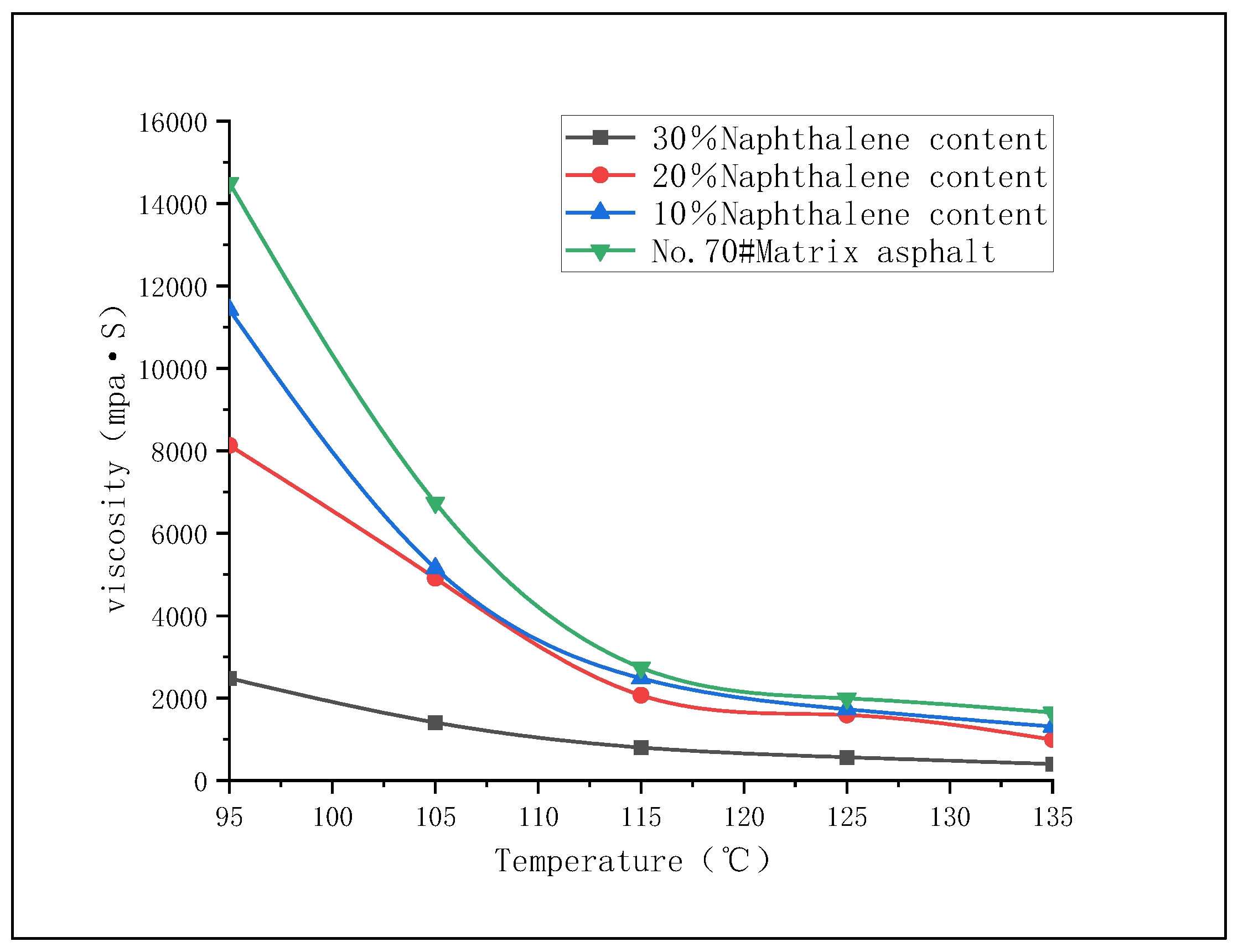


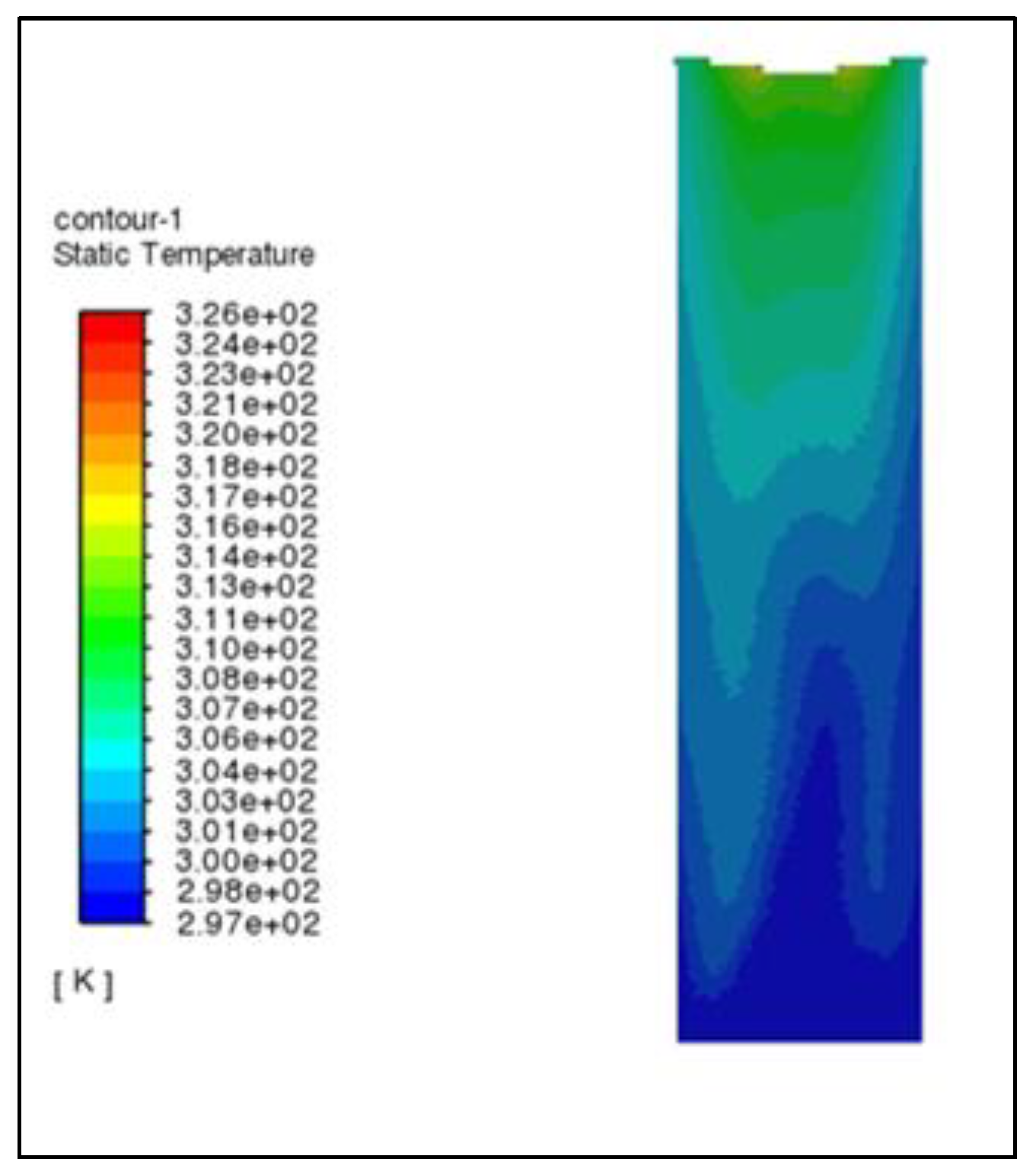
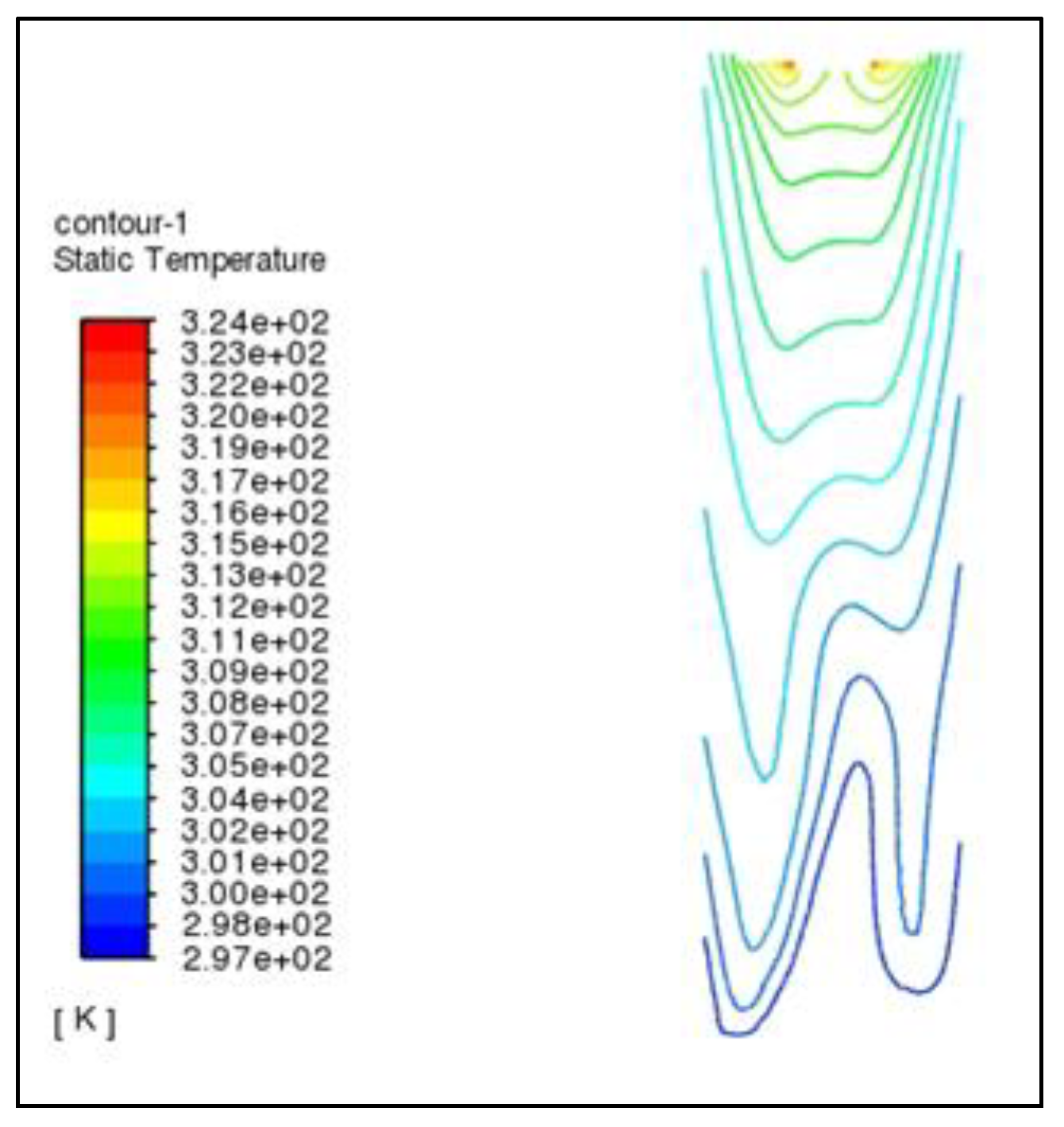
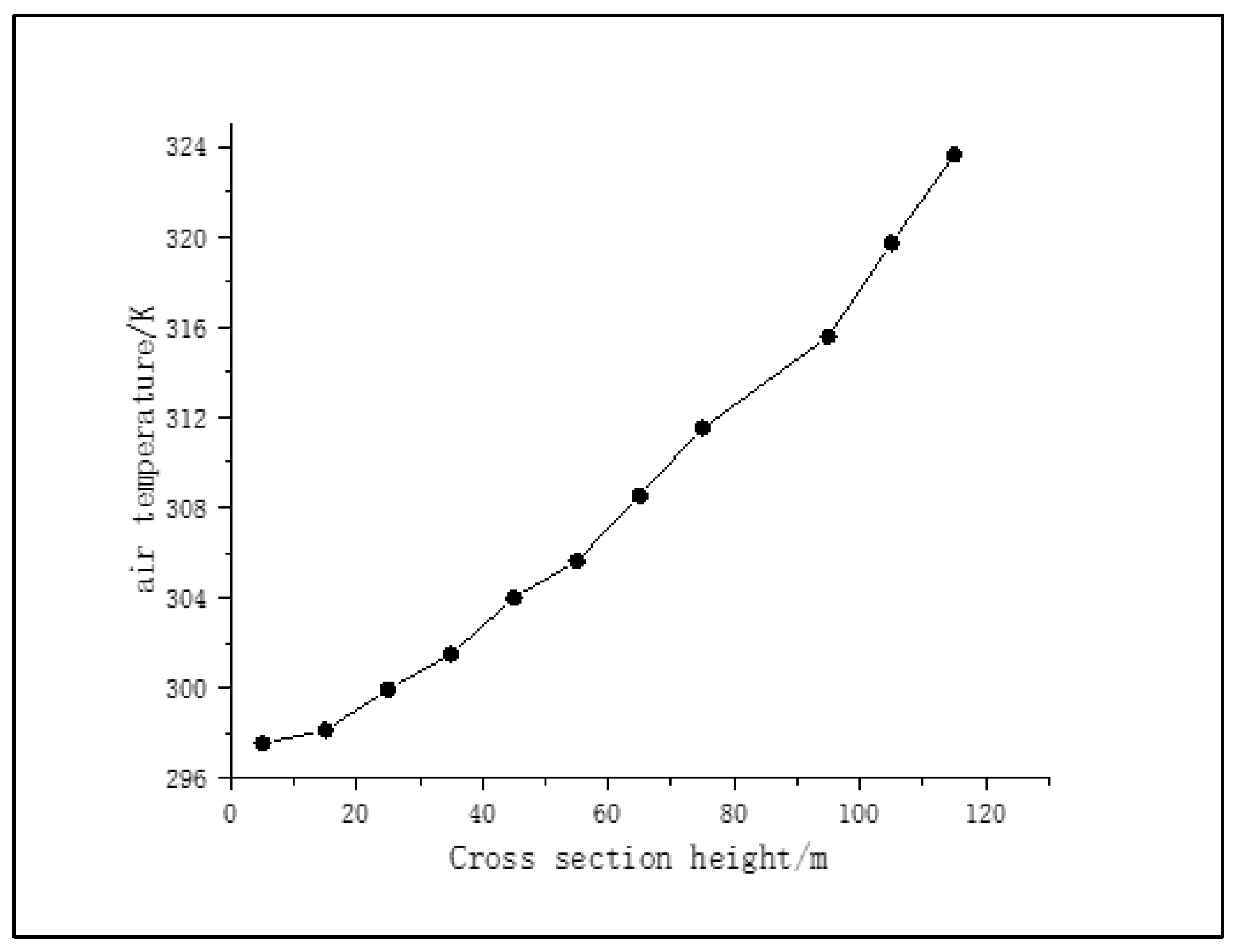
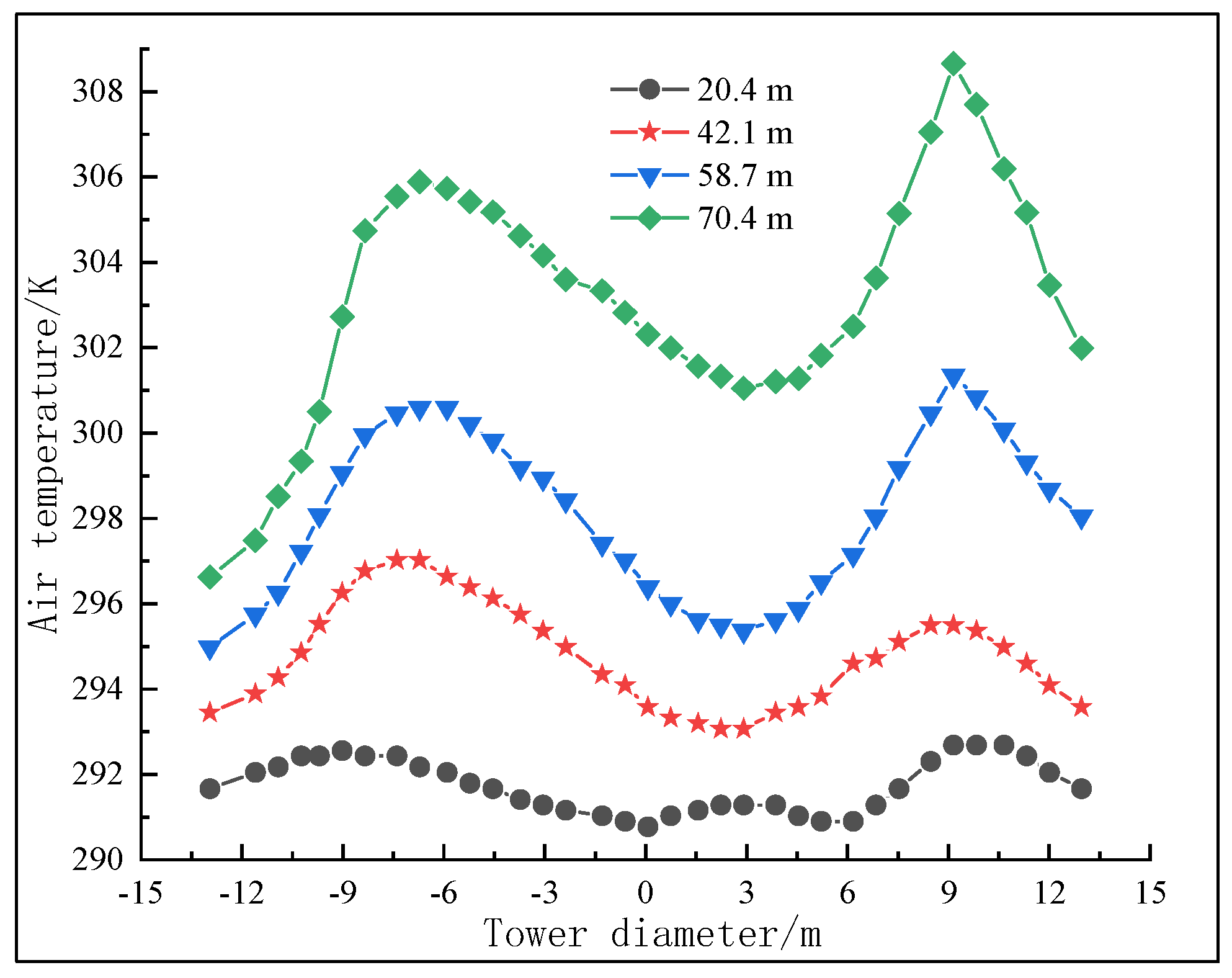
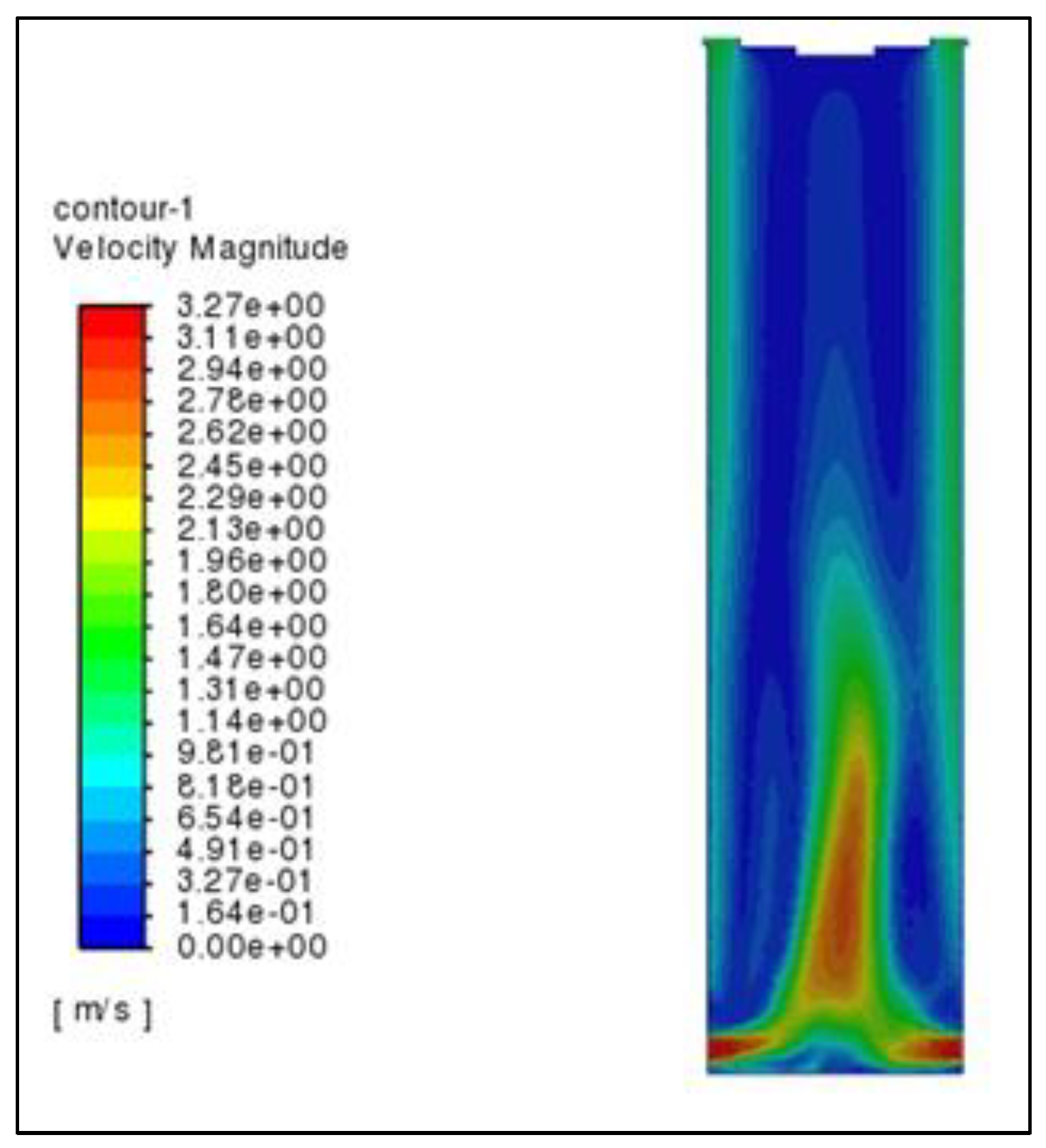

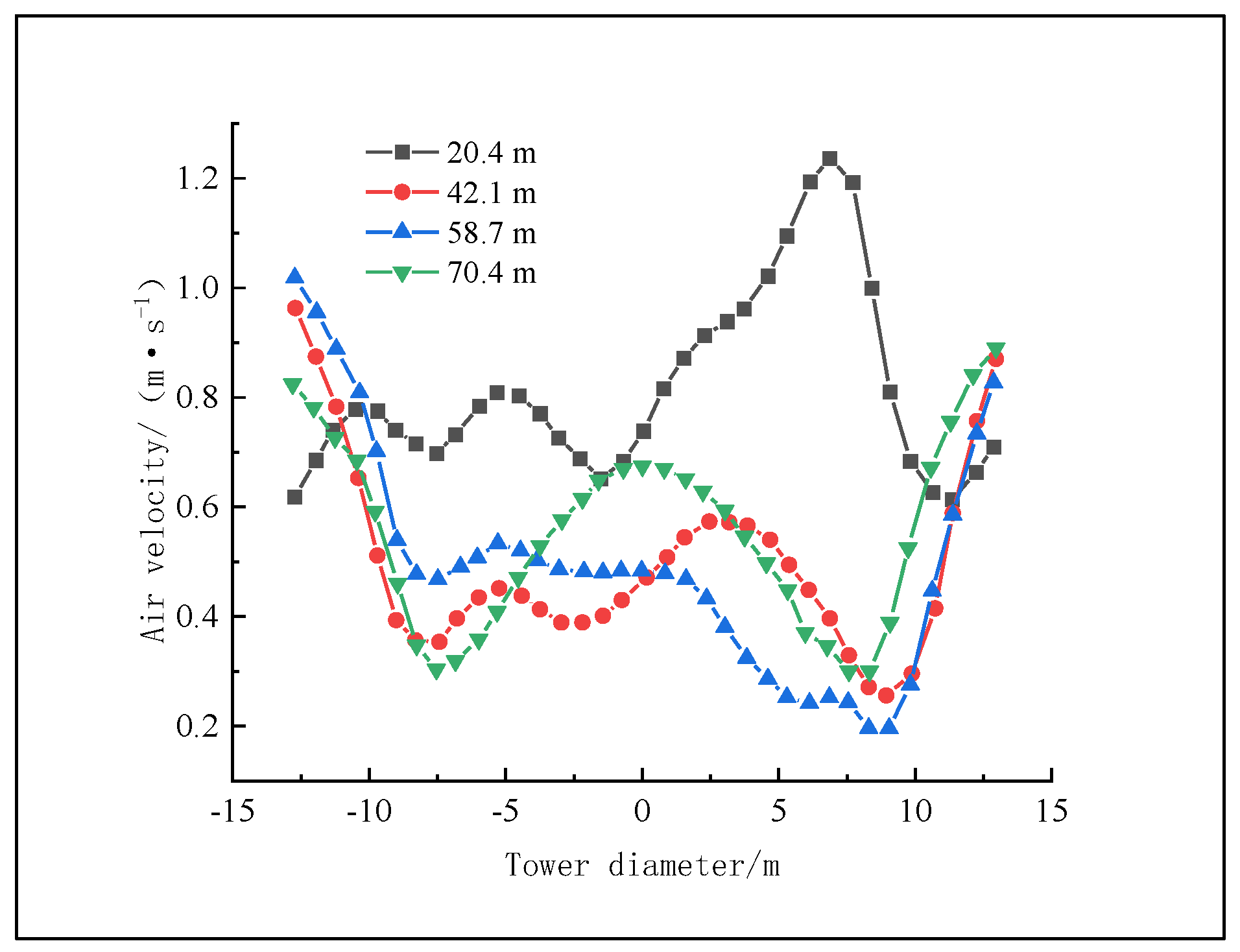


| Project | Quality Index | Measured Index |
|---|---|---|
| Penetration (25 °C, 100 g, 5 S) (0.1 mm) | 60–80 | 72.6 |
| Softening point (°C) not less than | 46 | 47.9 |
| Ductility (5 cm/min) not less than (cm) | 20 (10 °C) | 63.91 (°C) |
Disclaimer/Publisher’s Note: The statements, opinions and data contained in all publications are solely those of the individual author(s) and contributor(s) and not of MDPI and/or the editor(s). MDPI and/or the editor(s) disclaim responsibility for any injury to people or property resulting from any ideas, methods, instructions or products referred to in the content. |
© 2023 by the authors. Licensee MDPI, Basel, Switzerland. This article is an open access article distributed under the terms and conditions of the Creative Commons Attribution (CC BY) license (https://creativecommons.org/licenses/by/4.0/).
Share and Cite
Wang, Y.; Qiu, H.; Ayasrah, M. Study on Pelletizing Process of Spherical Activated Carbon Based on Molten Pitch. Materials 2023, 16, 2612. https://doi.org/10.3390/ma16072612
Wang Y, Qiu H, Ayasrah M. Study on Pelletizing Process of Spherical Activated Carbon Based on Molten Pitch. Materials. 2023; 16(7):2612. https://doi.org/10.3390/ma16072612
Chicago/Turabian StyleWang, Yaosen, Hongsheng Qiu, and Mo’men Ayasrah. 2023. "Study on Pelletizing Process of Spherical Activated Carbon Based on Molten Pitch" Materials 16, no. 7: 2612. https://doi.org/10.3390/ma16072612





